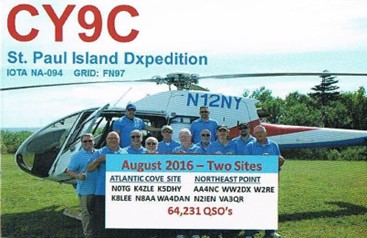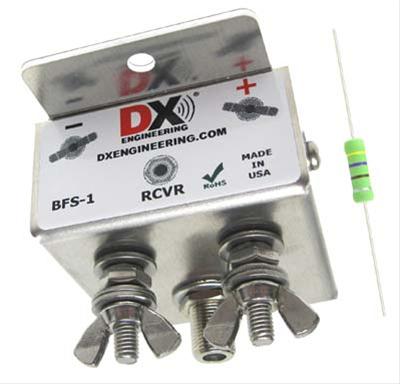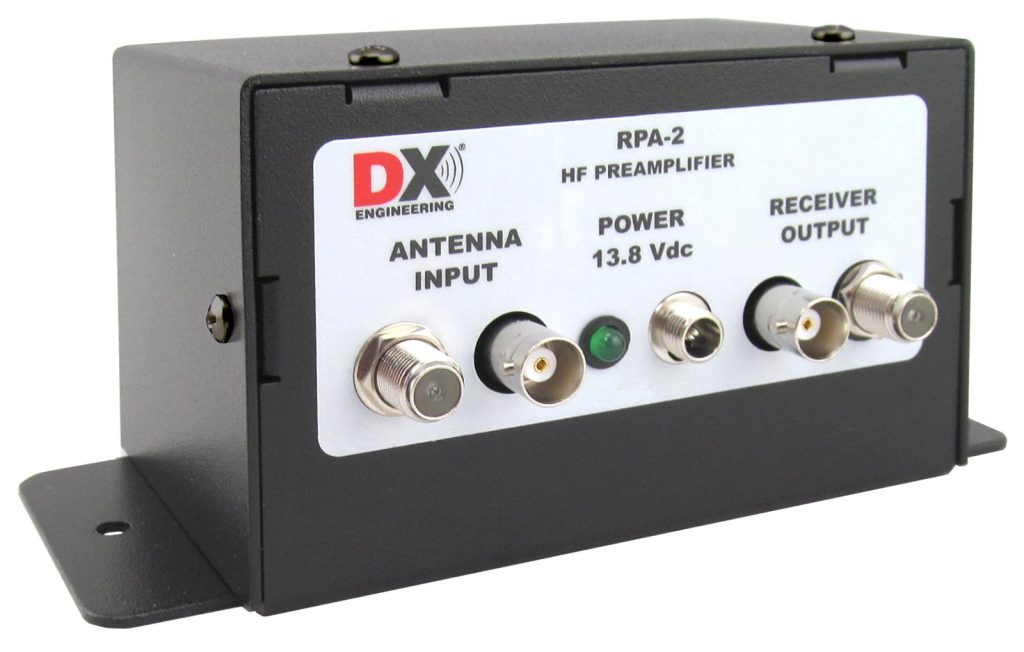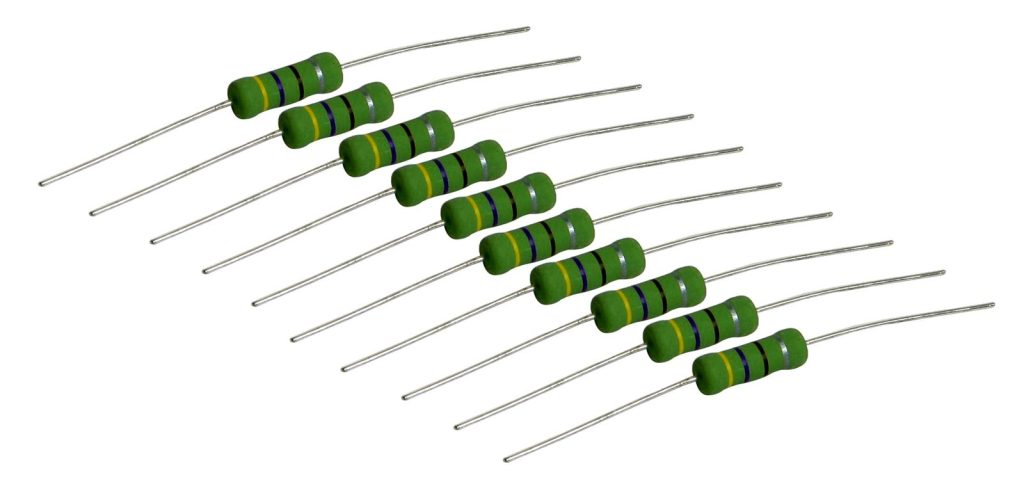With permission from the Canadian Department of Fisheries and Oceans, the 10-operator CY9C DXpedition team is scheduled to put St. Paul on the air August 26 to September 5 from the windswept and treeless Northeast Island site, just off the coast of Nova Scotia.
The team of experienced hams, many of whom participated in the highly successful CY0S Sable Island DXpedition in March 2023, plan to be active on 160-6M, employing Yagis on 20-6M and elevated sloping dipoles and verticals on the low bands. There should be a good mix of modes available for filling bands (CW, SSB, RTTY, FT8, EME, Satellites), with an emphasis on Morse code contacts. Uninhabited and rarely visited St. Paul Island is approximately three miles long and a mile wide.
The island features an automated solar-powered lighthouse built in 1962—the third lighthouse which has served watercrafts between the Gulf of St. Lawrence and the Cabot Strait. Lighthouse chasers will be hoping to add this to their conquests (STP-002), as well as POTA (CA-0122) and IOTA (NA-094) enthusiasts.
The island is encircled by foreboding rock-faced cliffs, which will require the CY9C team to use two helicopters to transport gear and team members to the operating site.

Find updated information at CY9C’s official website. St. Paul Island ranked as the 52nd Most Wanted DXCC Entity as of May, per Clublog.
***
DX Engineering was a proud sponsor of the CY9C 2016 St. Paul DXpedition. The company provided a range of gear used on the island, including the Butternut HF9V 9-Band Vertical Antenna.

Two operators from that DXpedition, Jay, K4ZLE, and Murray, WA4DAN, are also scheduled to operate in this latest venture. For CY9C 2024, DX Engineering has provided the following equipment for a Beverage antenna system:
DX Engineering Beverage Antenna System: This single-wire, single-direction beverage feed system (100 kHz to 30 MHz) designed by W8JI is immune to the strong signal overload and core saturation common in multi-transmitter environments, making it ideal for low-band DXers. It employs an isolated-winding matching-transformer system to significantly increase the signal-to-noise ratio in Beverage and other high-impedance antennas.

DX Engineering RPA-2 Modular Receive Preamplifier: This preamp delivers low internal noise and is optimized for the 300 kHz to 35 MHz range. The device is designed to help you hear the weakest signals without artificially raising the noise. Robust components allow this preamplifier to withstand high signal levels while providing superior dynamic range and third-order intercept performance that equals or exceeds most receiver and transceiver front-ends.

DX Engineering Beverage Termination Resistors

Check in with OnAllBands for more articles on the CY9C 2024 St. Paul Island DXpedition as the date nears.

